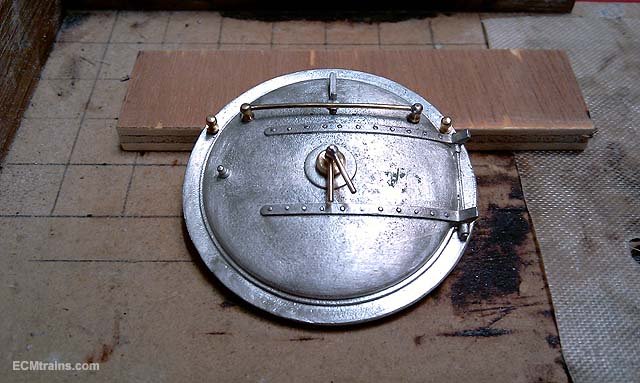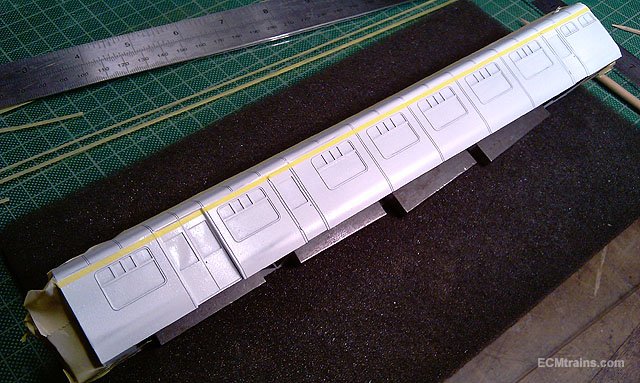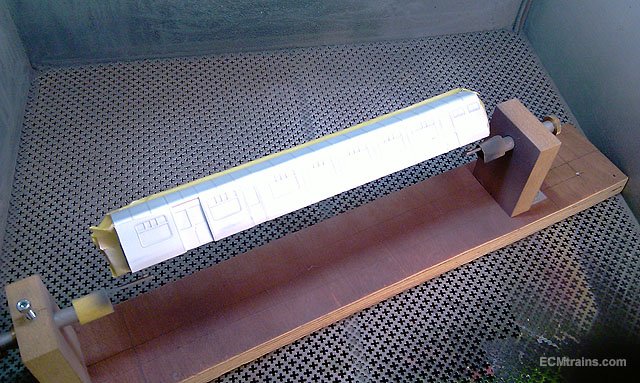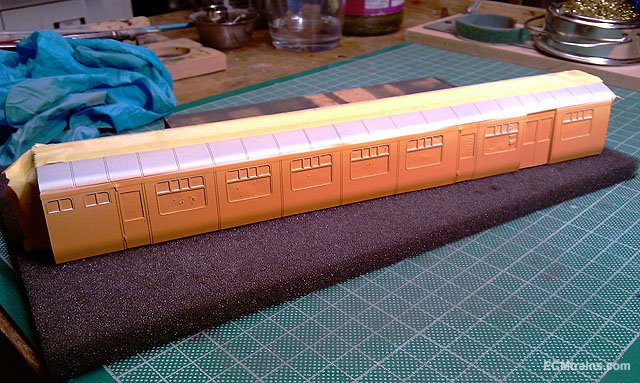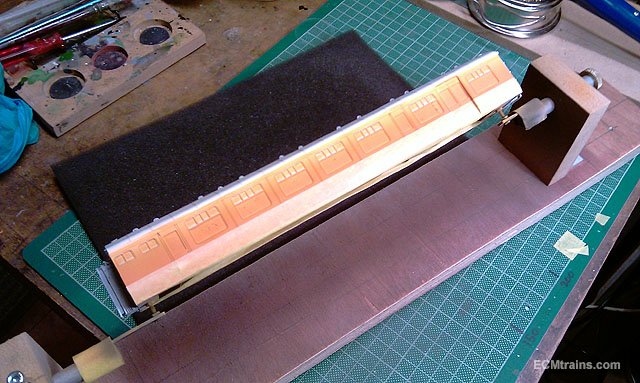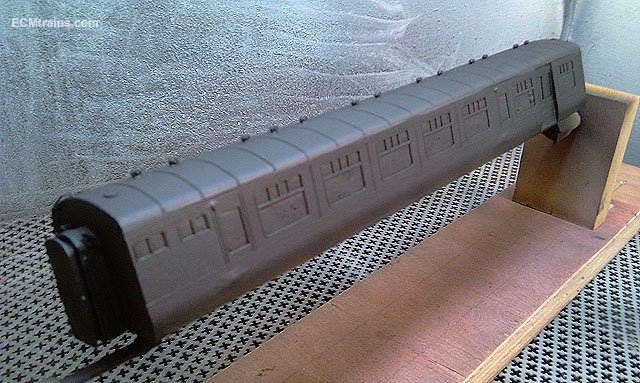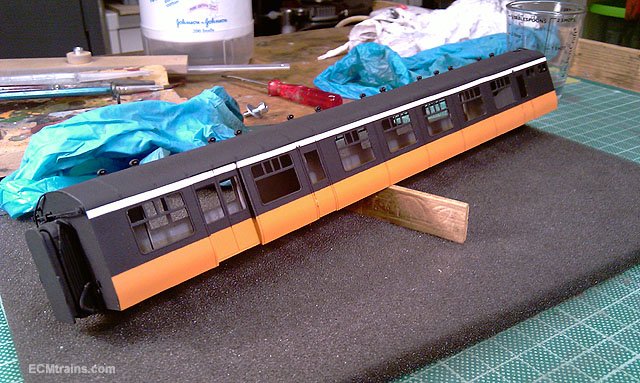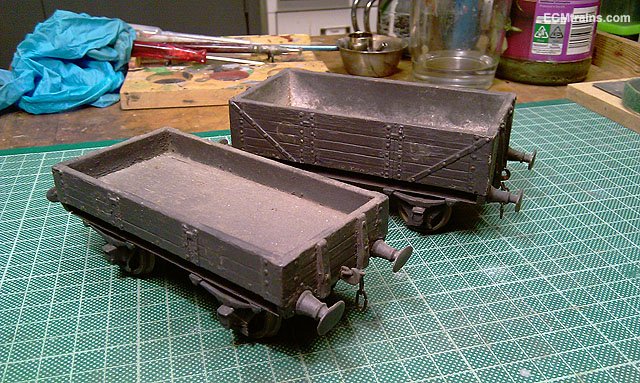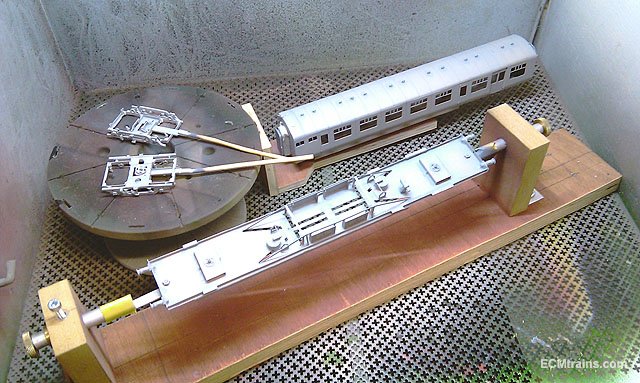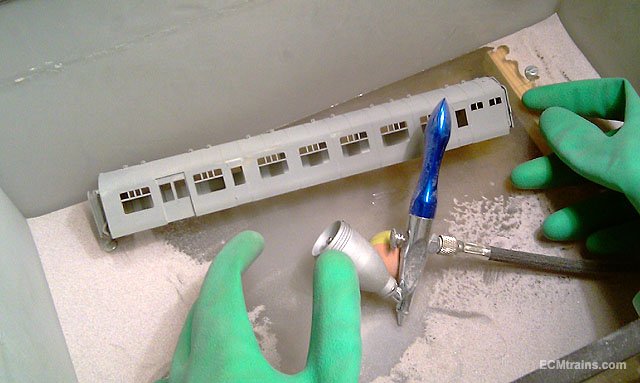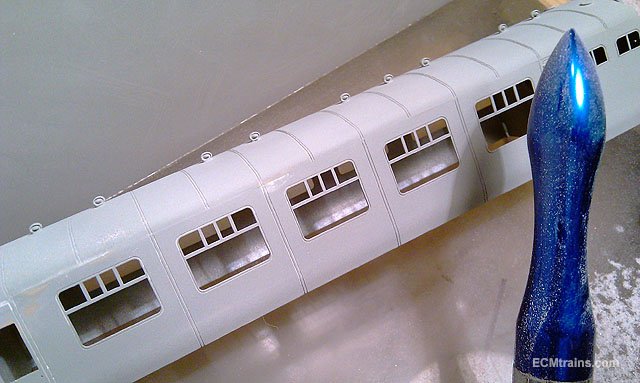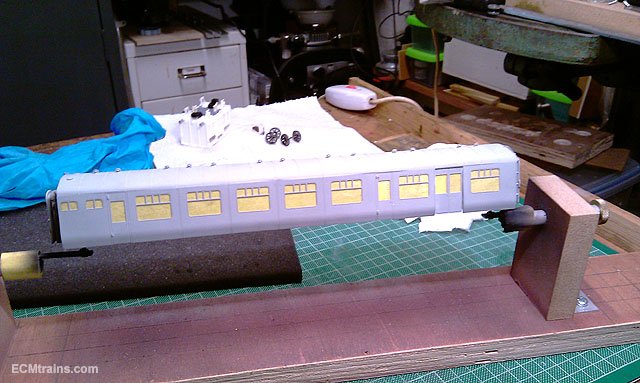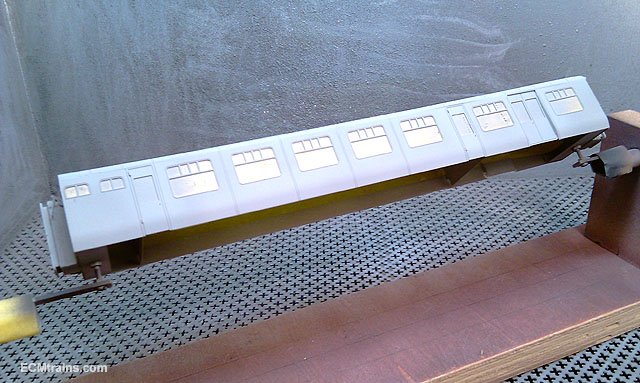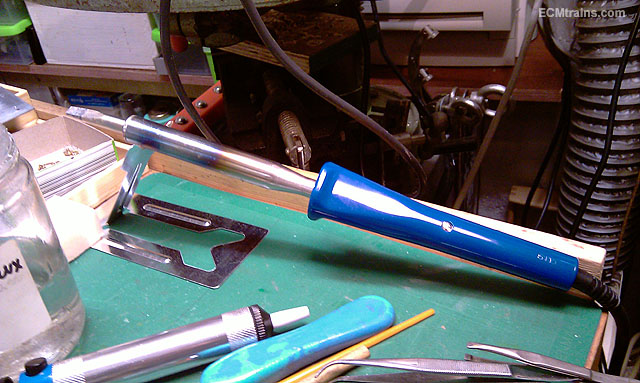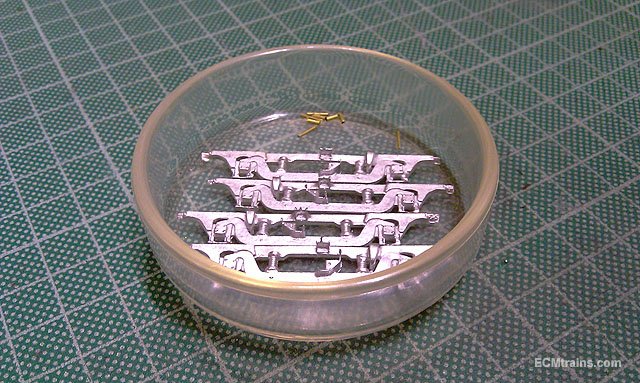-
Posts
2,725 -
Joined
-
Last visited
-
Days Won
70
Content Type
Profiles
Forums
Events
Gallery
Blogs
Store
Community Map
Everything posted by murrayec
-
Nuts & rivets can also be done with the 'Nutter' a very handy tool for pressing out nuts & rivets in lead sheet for sticking on to your model;- and the above rivets added to door straps The tool comes with tools of your scale choice and different scale tools are supplied separately. Eoin Eoin
-
PP You could use Postpal if he refuses to send to you- with the American address Postpal you have to register for 'home delivery' which costs a bit more but one does get the parts! Eoin
-
PP Here is a very helpful web site for the lathe with many links to articles on mods and parts- it may help;- http://www.cartertools.com/ Eoin
-
PP There was a plan to build a port in the West near Achill back in the steam days, but the ship would have to have big steam paddles on the sides and the containers made of wood Eoin
-
...otherwise radio control model ship kits is another source, the ship that IRM now sports in their new facility was built by baseboarddave from one of these kits Eoin
-
Branno As DC says- you'll get that stuff where you found that picture and Wrennie will be at the Train & Model Fair on the 18th August if you can make it to Bray co. Wicklow.... Eoin
-
-
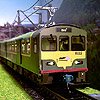
CIE Laminate Coaches - Worsley Works - ECMbuild in 4mm
murrayec replied to murrayec's topic in Irish Models
Hi josefstadt I had thought if it- but I dismissed the corridor around the break compartment as there is goods doors on both sides and reckoned this would be the end of the train! I also had the partition at the other end in the correct location first but soldered it in the wc partition location, leaving the doors in the seating area- I only noticed this when making up the seats. Both are fixable, I'll use styrene to do the partitions. Was there a set of doors in the break compartment partition into the corridor to access the exterior doors on that side? Eoin -

CIE Laminate Coaches - Worsley Works - ECMbuild in 4mm
murrayec replied to murrayec's topic in Irish Models
Laminate body painting. Having restored the dodgy undercoat I set about painting the body;- White first for the stripe. Then masked off the white stripe for painting the orange. Orange done, used Phoenix paints Class 201 (dull). Orange complete and now masking up for the black. Black done, I used Humbrol 85 Satin Black. and the enjoyable time- peeling off the masking tape to see what mess is underneath! Lovely and other side, lovely! A slight bit of touching up required;- the paints ran into the etched lines under the masking and the upper door hinges did the same. But overall delighted with the way it came out...... Eoin -
Wood wagons;- mdf can be got in the hardware suppliers down to 3mm thick, birch ply at 2mm (it's a bit bendy) and the model suppliers do mdf in thinner sizes. Eoin
-
Hi PP Use styrene sheet - one could always use it for the model! Some guys have been known to shellac varnish cardboard and paint up their loco, coach or wagon this way..... Eoin
-

CIE Laminate Coaches - Worsley Works - ECMbuild in 4mm
murrayec replied to murrayec's topic in Irish Models
Hi fl Its going to be black & orange with white stripe above window. These are now ready for issue to you;- Eoin -

CIE Laminate Coaches - Worsley Works - ECMbuild in 4mm
murrayec replied to murrayec's topic in Irish Models
Rescue operations on the laminate coach build;- the body and chassis were primed and under-coated at the same time I was doing the Flying Scotsman, if you read that thread you'd know the problem- dusty under coat due to a faulty gun! I had also painted the inside of the body silver which will require masking. Both the body and chassis needed recovery, I used my home made blast cabinet to cut back the messy undercoat. Low pressure and fine grit cut back the paint almost to the brass and left a beautiful surface to undercoat again. Because I silvered the interior a bit early, masking was required to the inside before painting commenced. and recovered. The chassis is undergoing the same treatment and now nearly back to finalising the paintwork. Eoin -
All excellent, but the Ahern book is outdated now with his solid block chassis! but still a good reference and a collectors item, as it was the first comprehensive and detailed book on loco building, there were others but it set a new standard. I used to regularly take this book out of the Dun Laoghaire library many moons ago until I could afford to buy a copy..... Eoin
-
PP Print out on A4 with some overlap and tape the prints together, the best way to do this is import the pdf into photoshop and then print from there or even better if @Glenderg is watching he could save out his cad drawing in A4 bits to a pdf which you could print and tape together- sorry R.! I've done boats, bikes & cars- never had a go at real railway though..... Tender drive is really only used when one cannot get the mechanics to fit into the loco! At Gauge 1 there is no problem with this- oodles of space. Also it would be better to have the drive on the main driver wheel that runs the valve gear. Again I feel a book reference coming up! Mr Ian Rice did two books 'Locomotive Kit Chassis Construction in 4mm' ISBN 1 874103 10 0 & 'Etched Loco Construction ISBN 0 906867 86 X both Wild Swan Publication. These are a mine of information, not the same scale but the methods can be applied. The chassis book is a must for building your own chassis..... other mandatory reading is anything by Henry Greenly (blame him for OO scale), Martin Evens, Guy Williams & Geoff Holt- The first two did big stuff as well as small. If you follow any of these guys methods the motion and stuff will run. ! you'll need to get a bigger bookshelf ! Eoin
-
PP In my view you got to build this to run, if you spend a whole lot of time and money to build this I reckon in the end one would kick themselves if it could not run! Slaters and the like are not the place, one needs to step up to the Model Engineer Suppliers;- Gauge 1 Model Railway Association has a lot of links to traders and do some very helpful books and data sheets;- https://www.g1mra.com/ Walsall Model Industries do 3 foot cast drivers & truck wheels and a whole lot of other useful stuff, their wheels can be purchased as castings or pre machined n insulated;- https://www.walsallmodelindustries.co.uk/ At first the cost of parts seems high compared to the smaller scales but this is another realm! when one builds and runs a large scale loco or train it is very hard to go back!! Take a look at this Gauge 1 Class 800 built by Mr Kelly MRSI;- Eoin
-
PP I found the wheel build- it's not a vid it was photos on fb. I pm'd you a the photos Eoin PP You'll enjoy that, Mike Sharman built amazing models and layouts..... Eoin
-
Hi PP A soldering gun is not ideal, their heavy and the way the tip is designed its hard to manipulate inside a chassis, also the contact surface area of the tip is not big enough to get the heat into the parts- fine for electrical work in my experience. Eileens do a Antex 100w for about £20.00 with a grand big flat tip excellent for this work- I use one of these Buying a lathe is a whole other thread! In my opinion one should buy the biggest lathe possible! I have a Mini lathe and its fine for small part turning but it is just to small for comfortable hand access regardless of how small the part is, getting tools in at the work and finding a way of holding the work can be quite frustrating. Larger work cannot be done on it and I have to go elsewhere to do that. A Myford Series 7 is the ideal size but the cost is crazy, the Myford ML10 is a lot cheaper but not as adaptable. Also consider being able to mill in the lathe! I setup the Mini lathe to do milling and again found the size frustrating and eventually got a mill/drill for milling. Also consider tooling- the lathe is probably 1/3rd of the requirement- the other 2/3rds is the tooling to do the work!..... Browse 'Model Engineer' & 'Model Engineer Workshop' magazines for adds and info Wheel building;- If you can find a copy of Mike Sharman's book 'A Guide to Locomotive Building - From Prototype to Small Scale Models' ISBN 0 85361 341 9, he gives a great method to building wheels for his Crompton big wheels but the method can be used on smaller stuff, the books has loads more helpful tips also....... Eoin
-
PP I use 180 for most work, as Galteemore says 'be quick' so loads of heat, a 100w iron will work on chassis parts- one just needs to keep the heat going in the chassis when you get it up to temperature and work on heavy sections first, being careful not to raise the temp to high otherwise it will distort. Use heat-sinks to help take heat away from soldered parts.....lumps of aluminium are good for this- loves heat and solder wont take to it. Try to stay away from using a torch on brass- very hard to control the heat- and suddenly all your previous soldering falls apart! a torch is good for taking things apart... Eoin
-
Hi PP You may find some helpful soldering 'tips' here;- Fabricating up wheels- if you are going to run the model a lathe will be an essential tool! I have a link to a youtube video of a guy fabricating wheels using a home made aluminium jig which I kept for reference!! - when I find it i'll post a link.... Eoin
-
Hi PP 10mm to 1 foot is Gauge 1 scale (1:30), most people run gauge 1 on 44.45mm track (4ft 8.5ins), Gauge O track at 32mm which is 2mm over 3ft narrow gauge! but if your going to build your own track all should be OK..... or just go with 32mm! So Gauge 1 wheels and stuff is available Eoin
-

CIE Laminate Coaches - Worsley Works - ECMbuild in 4mm
murrayec replied to murrayec's topic in Irish Models
fl I'll be back to you soon Eoin -

CIE Laminate Coaches - Worsley Works - ECMbuild in 4mm
murrayec replied to murrayec's topic in Irish Models
Hi fl I have not had a chance to beef up the patterns to make new moulds - Not enough months in a year!! I do have a set of parts that would do one coach, I have yet to install the suspension & torsion bars, if your interested in them I'll do that? Eoin -
PP Yes, you'll need to talk with them- most likely they will have to make them up as these would not be a standard stock item on the website Eoin
.png.c363cdf5c3fb7955cd92a55eb6dbbae0.png)



